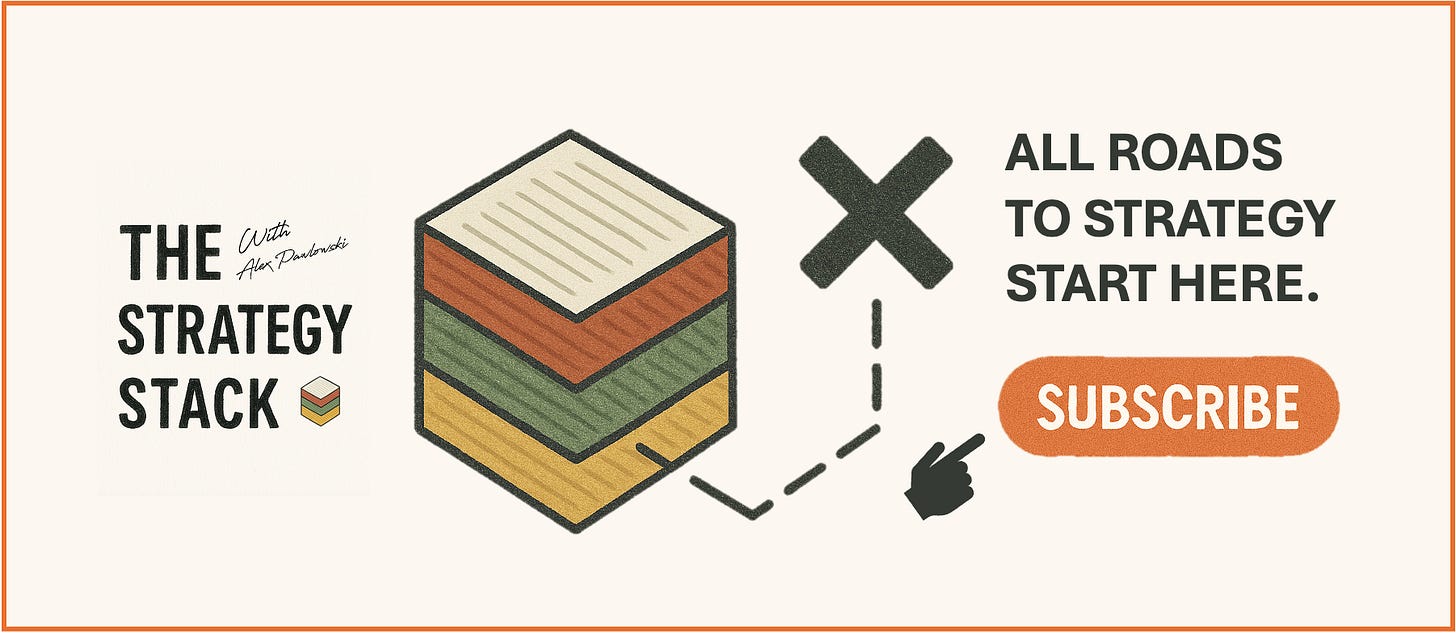Product-led growth (PLG) is the gospel of modern SaaS. Ship a slick UX, offer freemium tiers, hook users fast, and let the product do the selling. Sounds dreamy, right? But there’s a brutal truth many startups gloss over: users don’t always switch to better products — not because they don’t want to, but because they can’t afford to. Not financially, but cognitively, organizationally, behaviorally. That’s the switching cost trap.
In theory, if you build a 10x better product, customers should stampede to your door. In practice? That door stays surprisingly quiet. Why?
Because switching costs — both economic and behavioral — create a moat around incumbents. And unless your PLG strategy directly addresses those moats, you’re not just selling uphill — you’re running a marathon with a fridge strapped to your back.
The Myth of “Better Wins”
Let’s say you’re a founder building a sleek new B2B CRM platform. You’ve slashed onboarding friction, offer Zapier integrations out of the box, and your UI makes Salesforce look like a Windows 95 app. But after 18 months and $2M in burn, mid-market adoption is crawling. Why?
Because your buyers are staring down the barrel of:
Data migration nightmares
Training staff across sales, marketing, support
Rewriting workflows, SOPs, even hiring consultants
Losing historical insights during the transition
Risking internal political capital on a “maybe better” bet
According to McKinsey, the average large enterprise uses 129 SaaS applications. Even incremental switching costs — time, risk, retraining — compound like crazy. Better UX isn’t enough. You’re asking buyers to burn calories, and people are lazy for a reason: efficiency is a survival instinct.
The Hidden Switching Costs
Let’s break them down:
1. Economic Switching Costs
These are easy to model — data migration fees, retraining costs, dual-licensing during transitions. But even “free” software isn’t free if the switch burns hours of employee time.
Example: Oracle vs. Snowflake. Snowflake may be modern, scalable, and cloud-native — but Oracle is entrenched. In 2023, Snowflake grew 36% YoY — but Oracle’s cloud business grew 30% too, largely because entrenched customers just… stayed. Oracle locks in with licensing complexity and entrenched data dependencies.
2. Behavioral Switching Costs
These are much harder to quantify. People resist change — especially in teams. Even if the VP of Ops likes your product, getting the rest of the org on board is a political process.
Think of this as the “internal evangelist tax”: the amount of social capital someone must burn to push a new vendor through. In industries like healthcare or finance? Forget it. Compliance adds 4x the drag.
3. Psychological Lock-In
Ever tried convincing a team to move off Slack? Even if your tool is objectively better, the reflex is: “We’ve always done it this way.” Familiarity is an advantage that no amount of UX polish can beat overnight.
When PLG Meets Reality
PLG assumes the product can sell itself. And yes — it works brilliantly in low-friction environments. But in high-switching-cost categories like:
Enterprise SaaS
Fintech infrastructure
Healthtech
APIs with deep integration (e.g., Plaid, Stripe, Twilio)
…the buyer journey is less like Tinder and more like adopting a new religion.
Take the example of Rippling. They offer an elegant, integrated alternative to ADP and Gusto. Their product is genuinely slick. But founder Parker Conrad obsessively focuses on implementation — even offering white-glove onboarding to smooth the switch. Because without that? HR teams wouldn’t budge.
Cloud-Native vs. Legacy: Why Better Often Loses
We live in a world where legacy sucks, but also wins. Here’s why:
AttributeLegacy SystemsCloud-Native ProductsIntegrationDeeply embeddedEasy, but greenfieldPerceived Risk“Safe bet”“Cool but new”SupportOnsite, dedicatedSelf-serve, asyncSwitching CostHighPromises low, but hard in reality
Look at Epic Systems in healthcare. Their UX is notoriously outdated. But their market share in U.S. hospitals? Over 35%. Why? Integration with clinical workflows and existing billing systems is so tight that ripping it out is like doing heart surgery with a spoon.
Even when startups like Tonic or Redox offer modern interoperability layers, the resistance isn’t technical — it’s organizational inertia.
Quantifying the Trap
A 2023 Gartner report found:
77% of enterprises cite “integration complexity” as the main reason they don’t adopt new vendors
Only 19% of companies complete SaaS vendor transitions within 6 months
62% of failed PLG strategies underestimated total cost of switching
So if your PLG engine is stalling, maybe the problem isn’t product quality. Maybe it’s that you’re not helping your users escape the gravity well of their current stack.
Best Practices to Beat the Switching Cost Trap
Here’s what savvy founders and GTM teams do to escape the trap:
✅ Build a “Switching Kit”
Provide migration scripts, sandbox environments, and timeline templates
Offer data-mapping tools and custom ETL pipelines out of the box
✅ Reduce Decision Risk
Create ROI calculators and benchmark studies
Highlight case studies from similar companies that made the leap
✅ Offer Hybrid Models
Let customers run your product in parallel with their existing stack before full migration
Think “shadow adoption” as a wedge
✅ Win Champions Internally
Create tailored decks your buyer can re-present internally
Arm them with objection-handling docs and internal comms templates
✅ Monetize the Inertia
If you’re the incumbent? Lean into lock-in. Bundle features. Make switching hurt (but not in evil ways — think Apple ecosystem, not airline fees).
Final Thought: Play the Game You’re In
PLG works — but only when the cost of switching is close to zero. If you’re building in messy, mission-critical, or highly regulated markets, you need a dual strategy:
Product that sells itself, and
Go-to-market that pulls users through the switch
The real winners aren’t just better — they’re easier to adopt, too.
In the end, remember: product-led growth isn’t a silver bullet. It’s just one caliber in your arsenal. Sometimes, the best growth strategy is less about being pretty — and more about being practical.
Hit subscribe to get it in your inbox. And if this spoke to you:
➡️ Forward this to a strategy peer who’s feeling the same shift. We’re building a smarter, tech-equipped strategy community—one layer at a time.
About: Alex Michael Pawlowski is an advisor, investor and author who writes about topics around technology and international business.
For contact, collaboration or business inquiries please get in touch via lxpwsk1@gmail.com.
Source:
[1] McKinsey & Company. (2020). How software-as-a-service companies grow. Retrieved from https://www.mckinsey.com/industries/technology-media-and-telecommunications/our-insights/how-software-as-a-service-companies-grow
[2] Gartner. (2023). Market Guide for SaaS Management Platforms. Stamford, CT: Gartner Research. DOI unavailable; accessed via enterprise database.
[3] Gartner. (2022). Survey: Integration complexity remains top barrier to SaaS adoption. Retrieved from: https://www.gartner.com/en/newsroom/press-releases
[4] Snowflake Inc. (2023). Form 10-K Annual Report. U.S. Securities and Exchange Commission. Retrieved from: https://investors.snowflake.com/
[5] Oracle Corporation. (2023). Q4 FY2023 Earnings Report. Retrieved from: https://investor.oracle.com/
[6] Epic Systems Corporation. (2022). Market Share and U.S. Hospital Adoption Data. Cited via KLAS Research and HealthTech Magazine: https://healthtechmagazine.net/
[7] Harvard Business Review. (2011). The Hidden Traps in Decision Making. Hammond, J.S., Keeney, R.L., & Raiffa, H. Retrieved from: https://hbr.org/2006/01/the-hidden-traps-in-decision-making
[8] Parker Conrad (CEO, Rippling). (2022). Interview with TechCrunch Disrupt. Rippling’s approach to replacing legacy HR systems. Retrieved from: https://techcrunch.com/
[9] Redpoint Ventures. (2021). The Mechanics of Product-Led Growth. Retrieved from: https://redpoint.com/blog/product-led-growth
[10] Reforge. (2022). Why PLG Breaks in the Enterprise. Retrieved from: https://www.reforge.com/blog/why-plg-breaks-in-the-enterprise
[11] Apple Inc. (2022). Apple Ecosystem & Switching Costs Strategy. Analysis retrieved from: Dediu, H. (2022). “The Apple Advantage”, Asymco. https://www.asymco.com/





